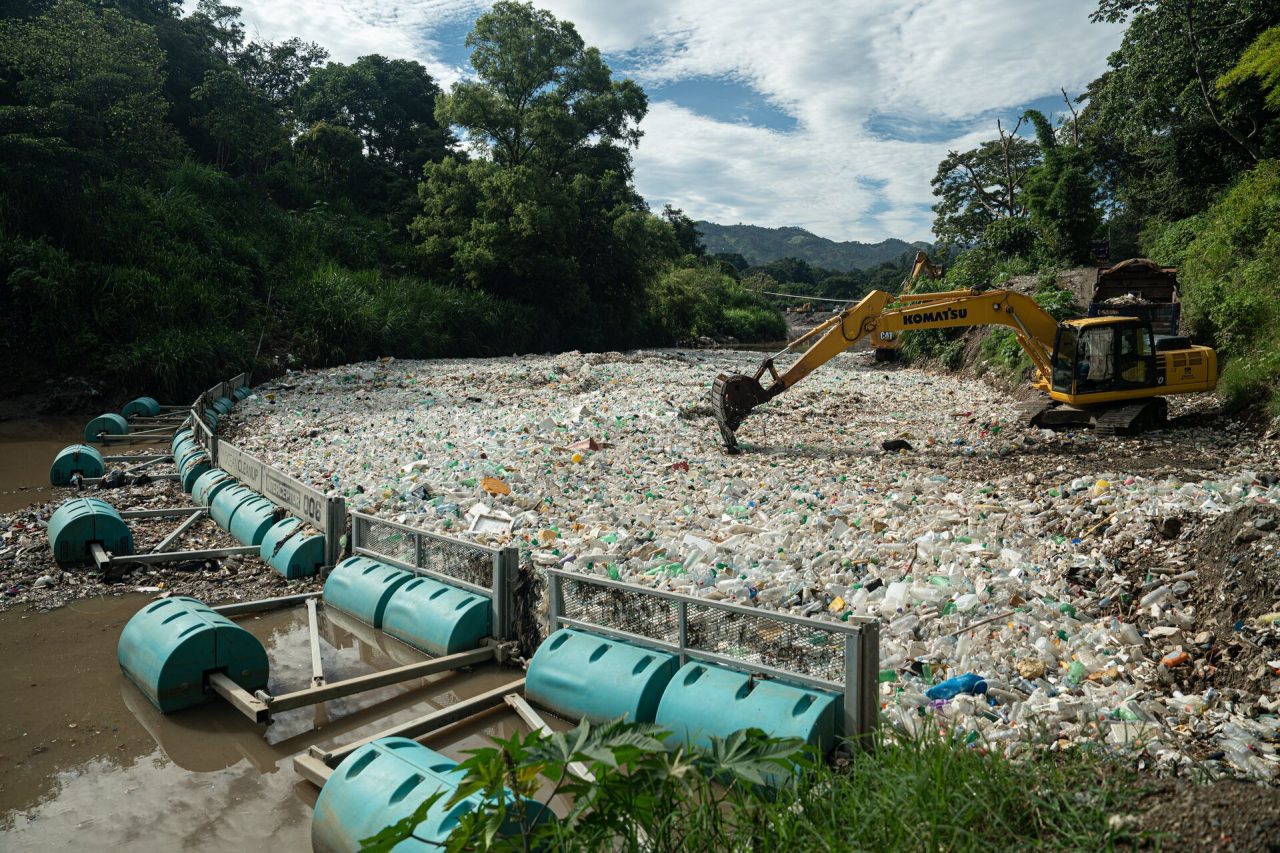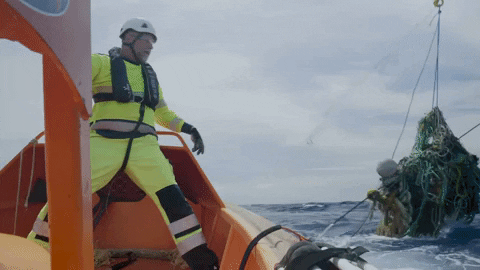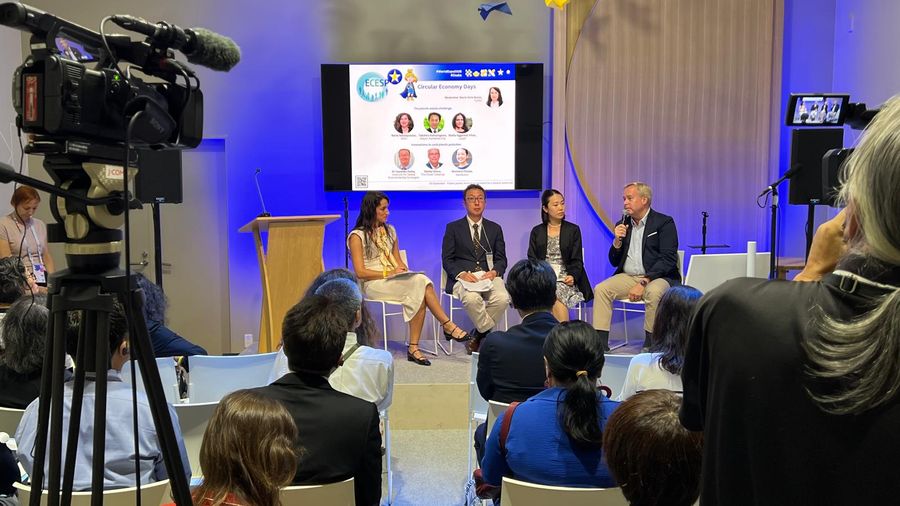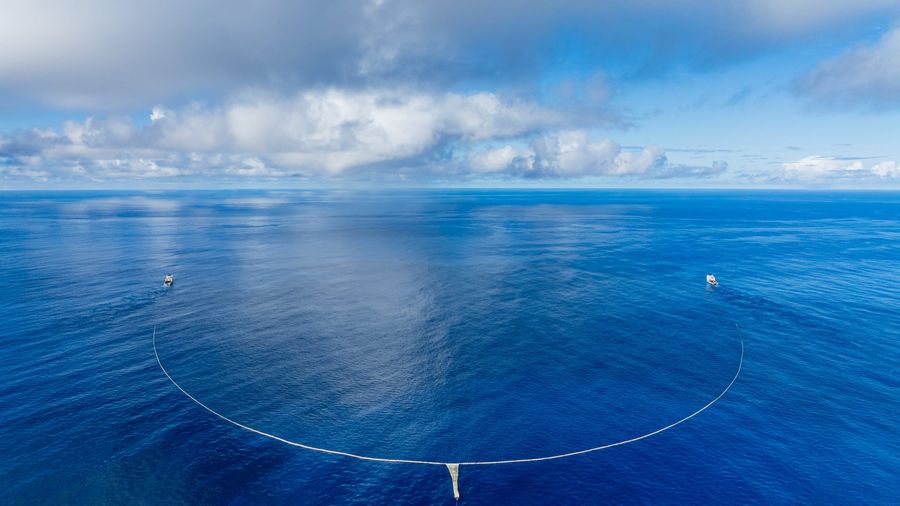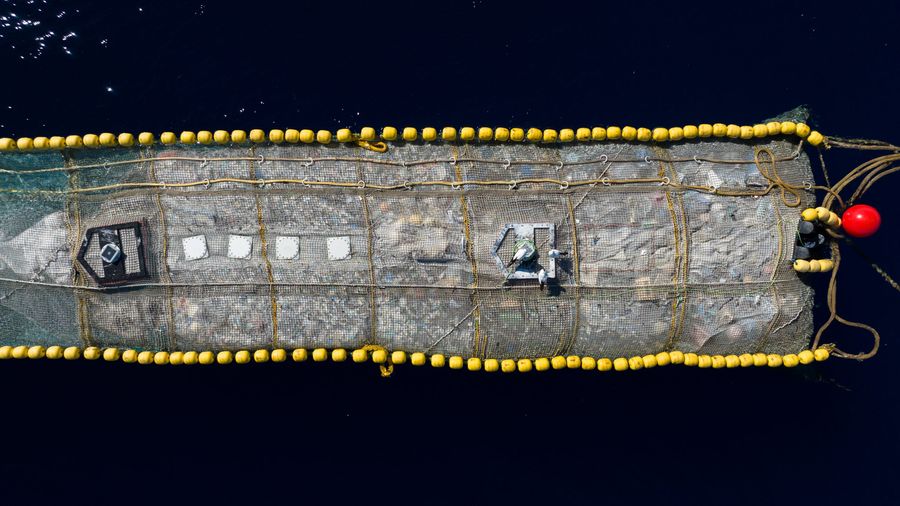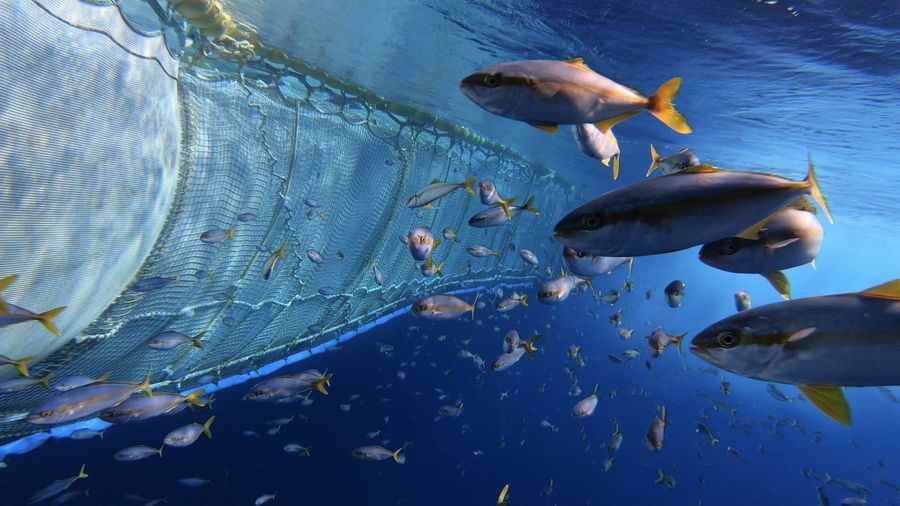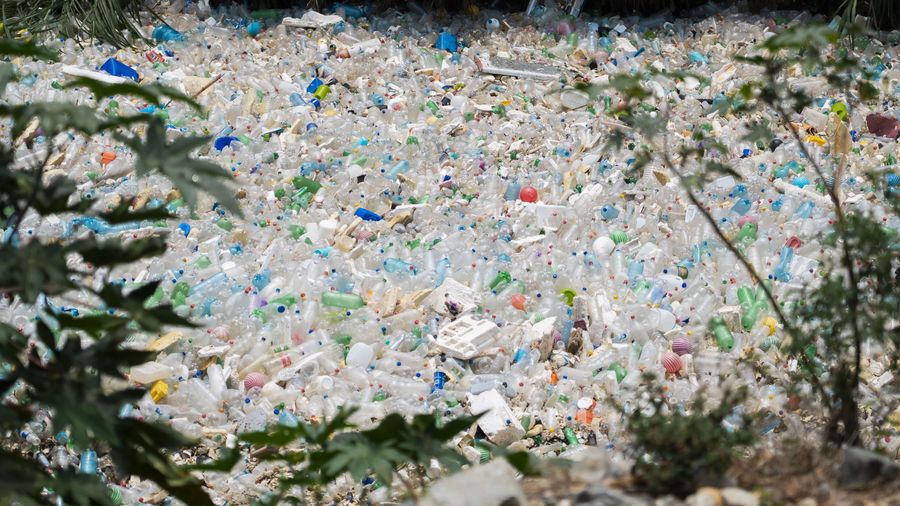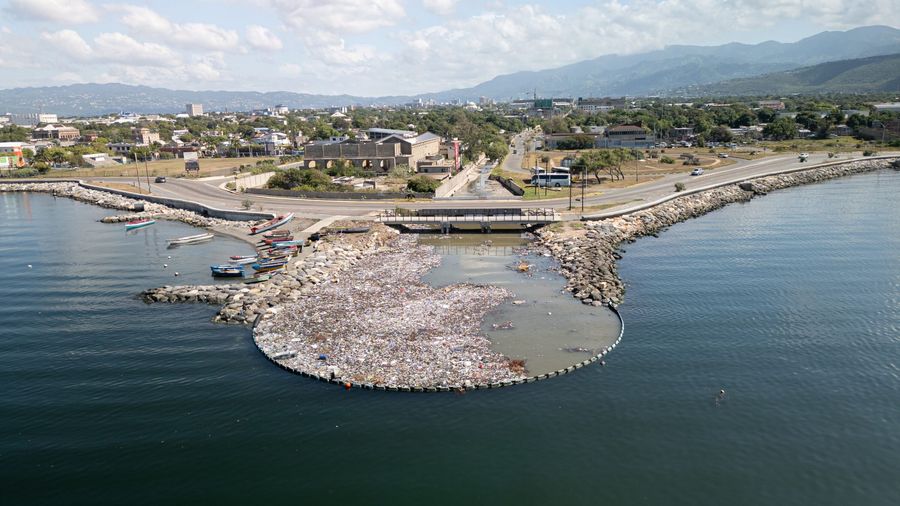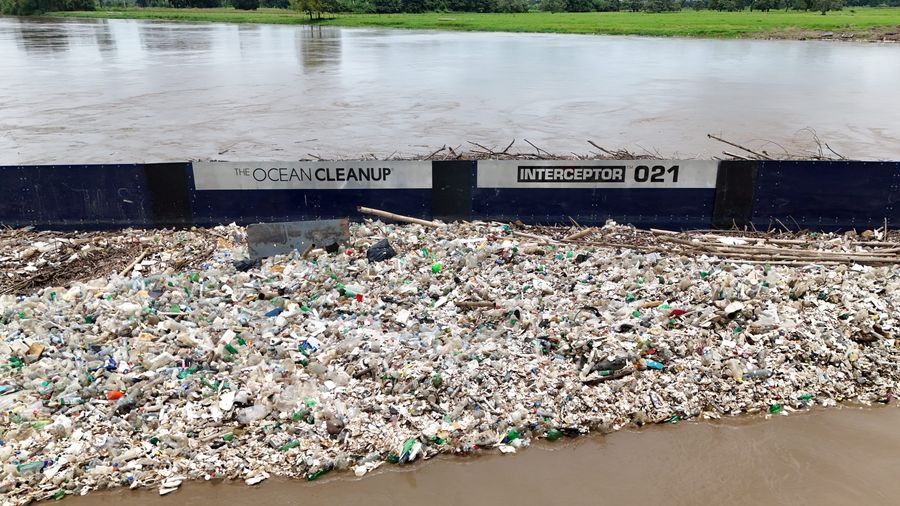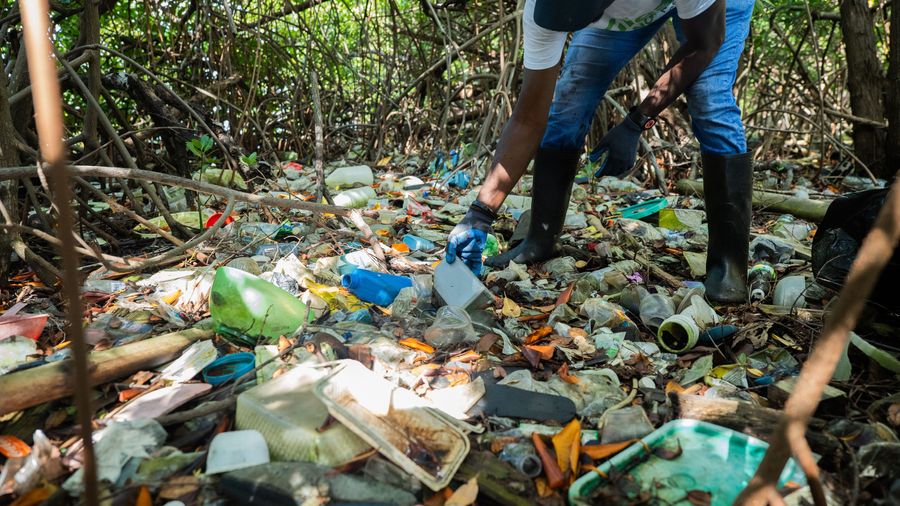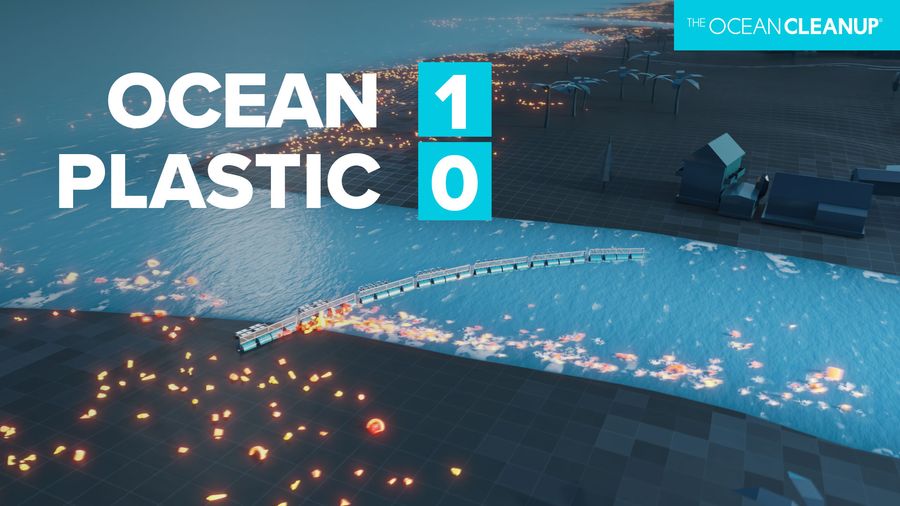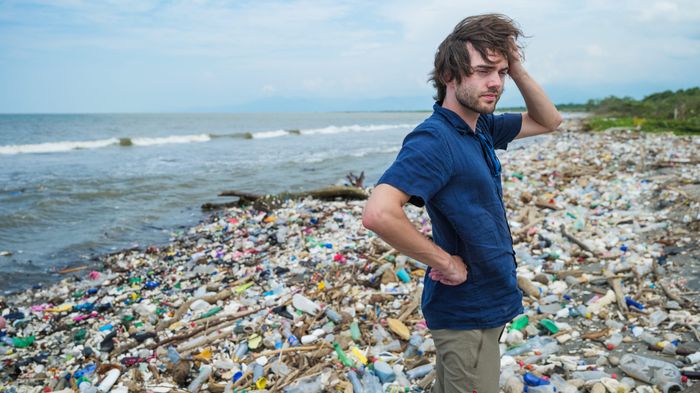
Developing a comprehensive solution to solving ocean plastic pollution
Back to updates- Plastic pollution is a symptom of a larger systemic problem. It is not a one-dimensional problem and cannot be solved by a one-dimensional solution.
- Fulfilling our mission of removing 90% of floating plastic pollution from the ocean can only be achieved if the flow of plastic into the ocean is stopped.
- To have the largest impact, we must look further upstream. As such, The Ocean Cleanup is developing a comprehensive approach to rid our oceans of plastic pollution.
Tightening the tap at the source
The Ocean Cleanup’s Global Public Affairs (GPA) team is present at major policy events such as the Global Plastics Treaty discussions, where we advocate for stronger regulations, safeguards, and measurable action points to both reduce the amount of plastic production, and the cleaning up of legacy plastic pollution.
Civil society organizations are often part of international policy events and negotiations, serving a dual role as observers to the processes and providing expert advice and recommendations. In these circles, the GPA team can leverage the latest data, research, and analysis from our scientists on how plastic pollution is affecting the ocean, coastal areas, the impact on biodiversity, and the communities who rely on these ecosystems.
International Waters
Shaping international policy is not just important for regulating plastic producers but also setting responsibilities and expectations for ocean pollution on the high seas. International waters account for two-thirds of our ocean, an area that spans 215 million square kilometers, or over twelve times the size of Russia. The sheer size of the high seas makes enforcement of regulations and laws difficult, instead, our GPA team is working to have language included in international law to recognize existing ocean plastic pollution as an issue necessitating an international response. This would facilitate our work in the oceans, and create new pathways for funding and the collection, treatment, and disposal of ocean plastic.
Tackling River Waste
Building frameworks and regulations through international policy is a necessary but long, drawn out process. While we continue to pursue every opportunity at that level, we also work in some of the world’s most polluting rivers to stop plastic flowing into the ocean. Our project in Kingston Harbour, Jamaica, was the first to feature multiple Interceptors working together to tackle ocean pollution at a city-level rather than at the scale of an individual river. The learnings in Jamaica laid the groundwork for a more efficient and comprehensive approach to intercept plastic before it reaches the oceans: the 30 Cities Program.
The 30 Cities Program scales up our rivers strategy to include urban areas and cities with multiple polluted waterways. Not only will this lead to a larger impact, but it will also make it easier to develop large-scale waste management solutions and increase opportunities for collaborations with local stakeholders. This program is expected to reduce the amount of plastic flowing into the ocean from rivers globally by up to a third and provides an opportunity for local communities, whose health and livelihoods are impacted by plastic pollution, to reclaim their environment.
Coastal Sweeps
As part of the 30 Cities Program we are adding a new tool in the fight against plastic pollution, one aimed specifically at plastic already present in marine environments. Coastal sweeps are data-driven cleanups of polluted areas downstream of one of our Interceptor projects. Carried out alongside local stakeholders, these coastal sweeps are intended to remove as much of the existing plastic waste and trash from the area as possible.
These coastal sweeps are a major step towards restoring the local environment. They re-establish fish nursery habitats, boost coastal tourism, and strengthen natural storm surge defenses. For community members this yields a healthier social, economic, and cultural connection with the ocean.
Creating lasting change
Plastic pollution demands solutions as complex as the problem itself. This is why The Ocean Cleanup is actively working in the Great Pacific Garbage Patch, rivers, coastlines, and on the sidelines of major international policy conferences. Success requires collaboration across governments, communities, and organizations worldwide. By addressing plastic pollution at its source, intercepting it before it reaches the ocean, and removing what’s already there, we’re building a comprehensive framework for lasting environmental recovery. Together, we can turn the tide on plastic pollution.
